The Daughters of Edward Darley Boit
This early piece exemplifies the influence of the Old Masters on Sargent's style. The artist utilizes the atypical square format employed by Diego Velázquez in Las Meninas (1656) and adopts the Spanish painter's approach of capturing the natural essence of his subjects to convey their personalities.
The arrangement of the figures deviates from the conventional group portrait where each individual holds an equal standing. Instead, the girls are positioned seemingly at random throughout the dimly lit, ornately furnished room, surrounded by two large blue and white porcelain vases. Three of the four girls gaze directly at the viewer, while the fourth faces her sister, who wears a matching black and white outfit. The youngest daughter (Julia, aged 4) sits informally on the floor, in stark contrast to the older girls who stand stiffly behind her. The two eldest sisters (Jane, 12, and Florence, 14) are partially obscured in shadow as they stand in the doorway leading to another room. Several critics have observed that the painting transcends its function as a group portrait to symbolize the loss of innocence associated with growing up. Sargent's depiction suggests how people often conceal their true selves behind a façade of manners and etiquette, evoking the restrictive social norms that upper-class women of the time were raised under.


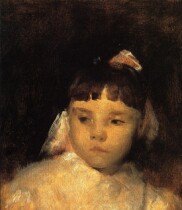

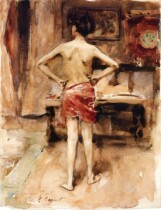


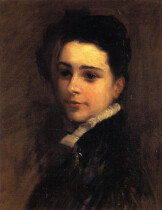
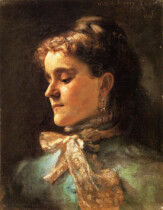

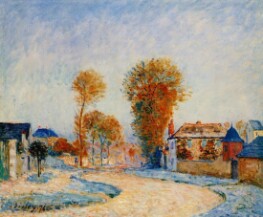

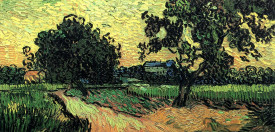


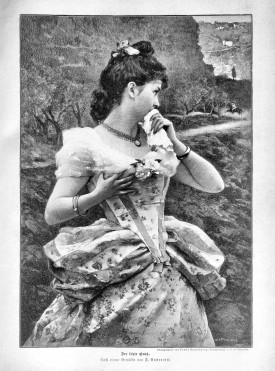
.jpg)